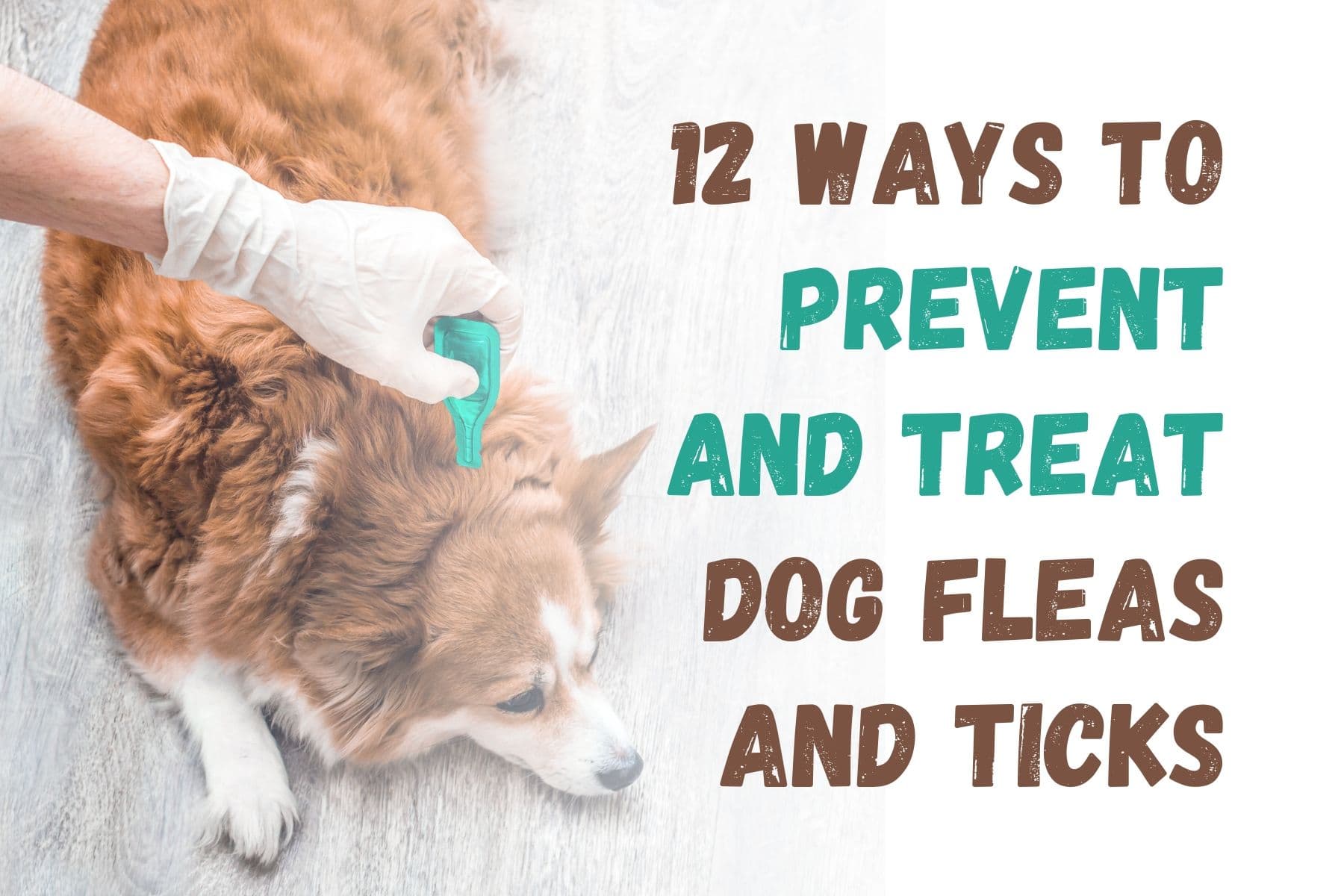How to Prevent and Treat Fleas and Ticks in Dogs: 12 Effective Strategies

Fleas and ticks aren’t just annoying — they can make your dog miserable and even seriously sick. Over the years fostering dogs and working with shelters, we’ve seen firsthand how quickly a small issue can turn into a full-blown infestation. But the good news is, prevention is easier than dealing with an outbreak.
Here’s what’s worked best for us to keep dogs flea- and tick-free — without overcomplicating things:
1. Choose the Right Preventative
The most effective way to keep fleas and ticks off your dog is using a vet-recommended flea and tick preventative. You’ve got a few solid options:
- Spot-on treatments: These are super easy — just apply to the back of your dog’s neck once a month. We’ve used brands with ingredients like fipronil or imidacloprid with great results.
- Collars: Some collars (like Seresto) offer protection for up to 8 months. These are great if you want a low-maintenance option.
- Oral meds: If your dog hates topical treatments, chewables like spinosad or lufenuron work from the inside out to kill pests fast.
Just be sure to check with your vet first — some products aren’t safe for puppies, pregnant or nursing dogs, or dogs with health issues.
2. Bathing & Brushing
Bathing your dog with a flea and tick shampoo helps knock out any bugs already on them. But don’t overdo it — too many baths can dry out their skin. Once every few weeks is usually enough, unless your vet says otherwise.
Use a flea comb regularly, especially around the ears, neck, and tail. The tight teeth catch fleas and flea dirt (those tiny black specks that look like pepper). It’s also a great bonding routine.
3. Keep Their Space Clean
Fleas and ticks don’t just live on your dog — they love your home too. Here’s what we do:
- Vacuum often, especially carpets, rugs, and furniture. Get every corner — baseboards, under furniture, and around crates.
- Wash bedding weekly in hot water, including your dog’s blankets and toys.
- If there’s already an infestation, consider using a pet-safe spray or fogger — or calling in the pros. These bugs lay eggs everywhere, and missing even a few can start the cycle all over again.
4. Don’t Forget the Yard
If your dog spends time outside, your yard could be part of the problem. Fleas and ticks love tall grass, leaf piles, and shady spots.
- Keep your lawn trimmed
- Clear out debris and brush
- Use a pet-safe yard spray if needed (always follow the label)
This step is easy to forget, but it makes a big difference — especially in warmer months.
5. Do Daily Checks
Make it a habit to run your hands over your dog’s coat every day — especially after walks, hikes, or playtime outside. Feel for bumps (ticks can be tiny or engorged) and look for flea dirt or irritated skin.
We always check around the ears, neck, under the legs, and base of the tail — fleas and ticks love those cozy spots.
If you find a tick, use a tick removal tool to pull it straight out (no twisting!) and clean the area. Wear gloves and save the tick in a baggie in case your vet needs to check it.
6. Treat All Pets in Your Home
If one pet has fleas or ticks, assume they all do. Treat every dog and cat in the household with the appropriate preventative — even if they don’t seem itchy. This stops the cycle from continuing.
Just double-check dosages. A product safe for dogs can be dangerous for cats.
7. Be Cautious with Natural Remedies
Some folks swear by apple cider vinegar in their dog’s water — and while it might help a little, it’s not a replacement for real flea and tick prevention. Plus, some dogs don't tolerate it well and may get an upset stomach.
If you want to go the natural route, talk to your vet first. They can help you find safe, effective options that won’t put your pup at risk.
8. Know the Risks
Besides being itchy and uncomfortable, fleas and ticks can carry serious diseases like Lyme, Ehrlichiosis, and Rocky Mountain spotted fever. Symptoms can include:
- Lethargy
- Joint pain
- Fever
- Loss of appetite
- Hair loss or red patches
If your dog’s acting off or you’ve found a tick, don’t wait — call your vet. Early treatment can make all the difference.
9. Talk to Your Vet
Your vet knows your dog best. They can recommend the safest, most effective prevention plan based on your dog’s age, size, health, and lifestyle.
We always check in with our vet before starting a new product, especially if a foster dog comes in with unknown health history.
Bottom line: Staying ahead of fleas and ticks doesn’t have to be complicated. A good preventative, regular grooming, and a clean environment go a long way. And when in doubt, your vet is your best resource.
Your dog deserves to be comfortable — and pest-free — all year long.